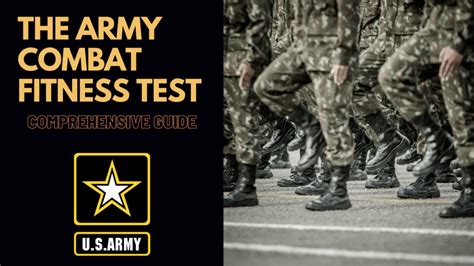Shaving Profile Army
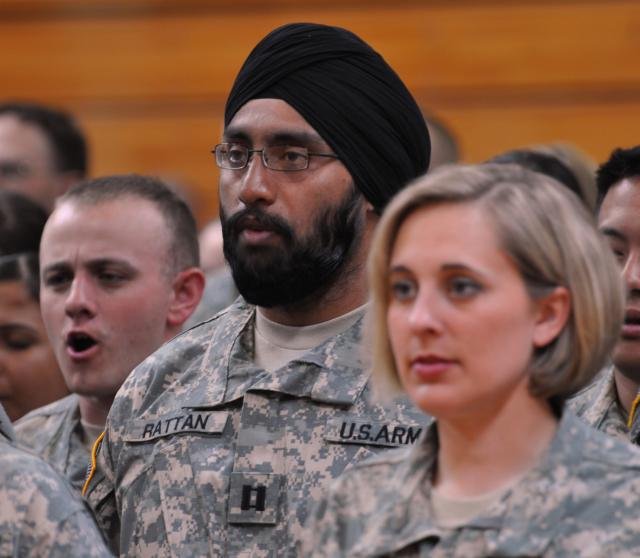
The Army shaving profile is an important aspect of military regulations and grooming standards. It outlines the specific guidelines and expectations for male soldiers' facial hair, ensuring a professional and uniform appearance across all ranks and units. This profile has evolved over time to meet the needs of modern warfare and the diverse environments in which soldiers operate. In this comprehensive guide, we will delve into the details of the Army shaving profile, its historical context, variations across different branches, and its impact on military culture.
Historical Evolution of Army Shaving Profiles

The history of military grooming standards can be traced back to ancient civilizations, where soldiers were expected to maintain a neat and tidy appearance. In the modern era, the U.S. Army has implemented various shaving profiles to ensure a professional image and enhance combat readiness. Here’s a brief overview of the evolution of Army shaving profiles:
Early 20th Century: Clean-Shaven Tradition
During the early 20th century, the Army maintained a strict clean-shaven policy. Soldiers were required to shave daily, and any facial hair was considered a sign of neglect or insubordination. This tradition was rooted in the belief that a clean-shaven face was more hygienic and presented a more disciplined image.
However, the challenges of World War I and the need for rapid mobilization led to a more relaxed approach. Soldiers were allowed to grow short beards or mustaches, provided they were well-groomed and did not interfere with gas masks or other equipment.
Mid-20th Century: Relaxed Standards
After World War II, the Army continued to allow some facial hair, but with specific restrictions. Soldiers were permitted to grow beards or mustaches, but these had to be neatly trimmed and maintained. The primary focus was on appearance and hygiene, ensuring that soldiers presented a professional image while in uniform.
During this period, the Army also introduced the concept of "field shaving profiles," which allowed soldiers to grow beards or mustaches while on extended field operations. This was a practical measure to reduce the need for frequent shaving in austere environments.
Late 20th Century: Cultural Shifts and Flexibility
In the latter half of the 20th century, the Army began to recognize the cultural and religious significance of facial hair for some soldiers. This led to a more flexible approach to shaving profiles, accommodating diverse traditions and beliefs.
For example, the Army allowed soldiers of certain faiths to grow beards as a symbol of their religious identity, provided they obtained a religious accommodation and maintained a well-groomed appearance. This shift reflected the Army's commitment to diversity and inclusivity.
21st Century: Modern Shaving Profiles
In recent years, the Army has continued to refine its shaving profiles to meet the demands of modern warfare and the diverse needs of its soldiers. The current shaving profile allows for a range of facial hair styles, including:
- Clean-Shaven: Soldiers can maintain a clean-shaven appearance, which is still the most common and traditional style.
- Short Beards: Soldiers are permitted to grow a short beard, typically no longer than a quarter of an inch, provided it is well-groomed and does not interfere with equipment.
- Mustaches: Mustaches are allowed, but they must be neatly trimmed and cannot extend beyond the upper lip line.
- Religious Accommodations: Soldiers with sincere religious beliefs that require facial hair can obtain an accommodation, allowing them to grow beards or mustaches in accordance with their faith.
The modern shaving profile strikes a balance between maintaining a professional image, accommodating cultural and religious diversity, and providing practical solutions for soldiers operating in various environments.
Variations Across Army Branches
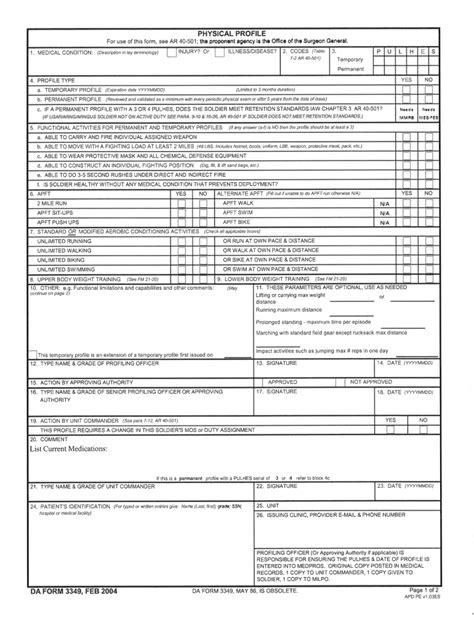
While the Army has a standardized shaving profile, there can be slight variations across different branches and units. These variations take into account the unique challenges and requirements of each branch’s mission.
Active Duty vs. Reserve and National Guard
Active duty soldiers generally adhere to the standard Army shaving profile, as they are typically in a more formal and visible role. This ensures a consistent and professional appearance across all active duty units.
In contrast, reserve and National Guard soldiers may have slightly more flexibility, especially when not on active duty. This is because they often have civilian careers and may not be in a position to maintain a strict shaving profile at all times. However, when called to active duty or participating in formal military events, they are expected to adhere to the standard shaving profile.
Special Operations Forces
Special Operations Forces, such as the Army Rangers and Special Forces, often operate in unique and challenging environments. As a result, they may have specialized shaving profiles that accommodate their specific mission requirements.
For example, soldiers in these units may be allowed to grow beards or mustaches for extended periods during field operations. This practice is often seen as a way to blend in with local populations and reduce the risk of detection in certain regions. However, these soldiers must still maintain a professional appearance when not on operational missions.
Female Soldiers
While the focus of this guide is on male soldiers, it’s important to note that female soldiers also have grooming standards. They are typically expected to maintain a neat and tidy appearance, with hair styles that do not interfere with equipment or present a safety hazard.
Female soldiers are not required to shave their faces, but they must ensure that their facial hair, if any, is well-groomed and does not detract from their professional image. The focus for female soldiers is primarily on hair styles and presentation, rather than facial hair.
Impact on Military Culture and Soldier Morale

The Army shaving profile has a significant impact on military culture and soldier morale. It is a visible symbol of discipline, professionalism, and unity within the military community.
Discipline and Professionalism
The shaving profile reinforces the Army’s commitment to discipline and professionalism. Soldiers are expected to adhere to the profile, even in challenging or austere environments. This demonstrates their dedication to the Army’s standards and their ability to maintain a professional appearance under any circumstances.
Unit Cohesion and Identity
The shaving profile also contributes to unit cohesion and identity. When soldiers present a uniform appearance, it fosters a sense of belonging and camaraderie. This is particularly important in combat situations, where soldiers rely on each other for support and trust.
Additionally, the shaving profile can be a source of pride for soldiers. It is a visible representation of their commitment to the Army and their willingness to conform to its standards, even when it may be uncomfortable or inconvenient.
Accommodating Diversity
The modern shaving profile’s flexibility in accommodating cultural and religious diversity is a testament to the Army’s commitment to inclusivity. By allowing soldiers to express their identity through facial hair, the Army recognizes and respects the diverse backgrounds and beliefs of its soldiers.
This accommodation not only fosters a sense of belonging for soldiers with diverse backgrounds but also demonstrates the Army's ability to adapt and evolve in a changing world. It is a key factor in maintaining high morale and a positive military culture.
Performance and Comfort Considerations
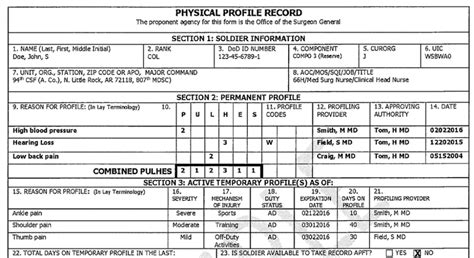
While the Army shaving profile primarily focuses on appearance and discipline, it also takes into account the practical considerations of soldier performance and comfort.
Equipment Compatibility
The shaving profile ensures that soldiers’ facial hair does not interfere with their equipment. This is particularly important for soldiers who operate gas masks, communication devices, or other specialized gear. A well-groomed beard or mustache can ensure that equipment fits properly and functions effectively.
Climate and Environmental Factors
The shaving profile also considers the diverse climates and environments in which soldiers operate. In hot and humid conditions, a clean-shaven face can help prevent skin irritation and reduce the risk of heat-related illnesses. On the other hand, in cold climates, a short beard can provide some insulation and protection from the elements.
The Army's shaving profile strikes a balance between appearance and practicality, ensuring that soldiers can perform their duties effectively and comfortably, regardless of the environment.
Future Trends and Potential Changes
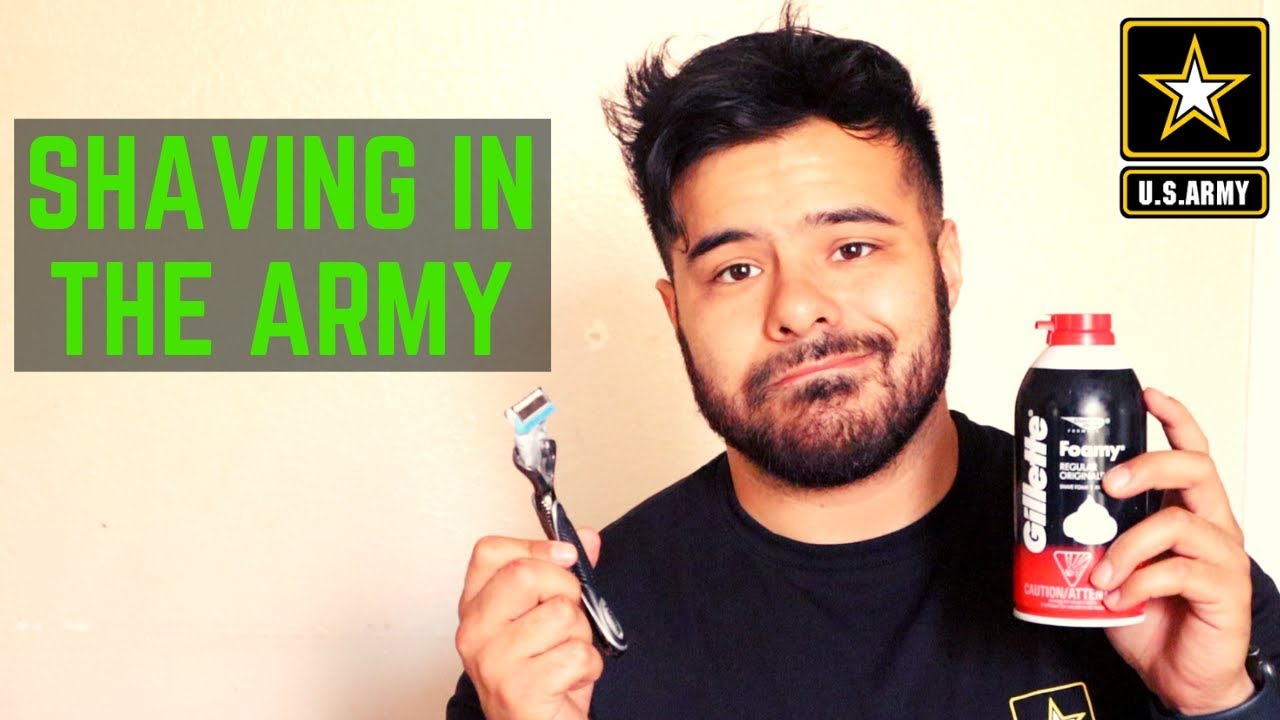
As the Army continues to evolve and adapt to changing military landscapes, the shaving profile may also undergo further refinements. Here are some potential future trends and considerations:
Increased Flexibility
With the Army’s ongoing commitment to diversity and inclusivity, it is possible that the shaving profile will become even more flexible. This could include allowing for longer beard lengths or accommodating a wider range of facial hair styles, provided they meet certain hygiene and appearance standards.
Specialized Profiles for Specific Missions
As the Army engages in more diverse and specialized missions, there may be a need for tailored shaving profiles. For example, soldiers deployed to certain regions may be allowed to grow beards or mustaches as a cultural adaptation strategy, while maintaining a professional appearance when interacting with local populations.
Technological Advances
Advancements in military technology may also impact the shaving profile. For instance, the development of more advanced gas masks or communication devices may require soldiers to maintain a clean-shaven face for optimal equipment performance.
Soldier Feedback and Input
The Army values soldier feedback and input, and this includes their preferences and experiences with the shaving profile. As soldiers provide feedback on the practicality and comfort of the current profile, the Army may make adjustments to better meet their needs.
Can soldiers grow beards or mustaches without any restrictions?
+While the Army shaving profile allows for some facial hair, there are still restrictions and guidelines in place. Soldiers must ensure that their facial hair is well-groomed, maintained, and does not interfere with equipment or present a safety hazard. Additionally, soldiers must adhere to the specific shaving profile guidelines for their branch and unit.
Are there any health or hygiene considerations related to the shaving profile?
+Yes, the Army shaving profile takes into account health and hygiene considerations. Soldiers are expected to maintain good personal hygiene, and a clean-shaven face can help prevent skin irritation and reduce the risk of infections, especially in close-quarters environments. Additionally, well-groomed facial hair can help prevent the spread of lice or other pests.
How often do soldiers need to shave or maintain their facial hair?
+The frequency of shaving or maintaining facial hair depends on the specific shaving profile guidelines. For clean-shaven soldiers, daily shaving is typically required. For soldiers with beards or mustaches, regular grooming and trimming are necessary to ensure a well-maintained appearance. The Army provides soldiers with the necessary resources and guidance to maintain their facial hair within the profile’s standards.



